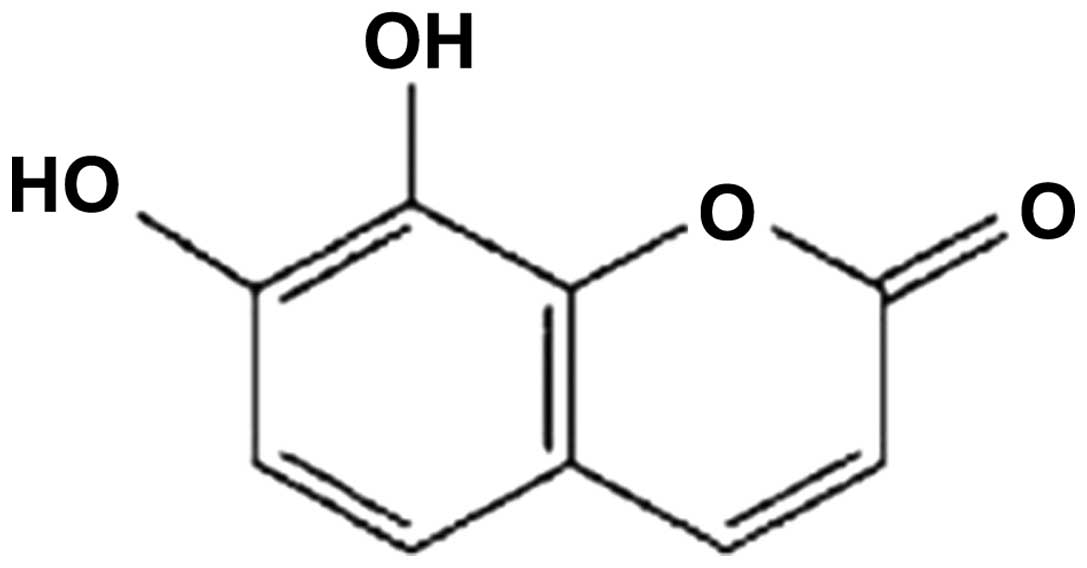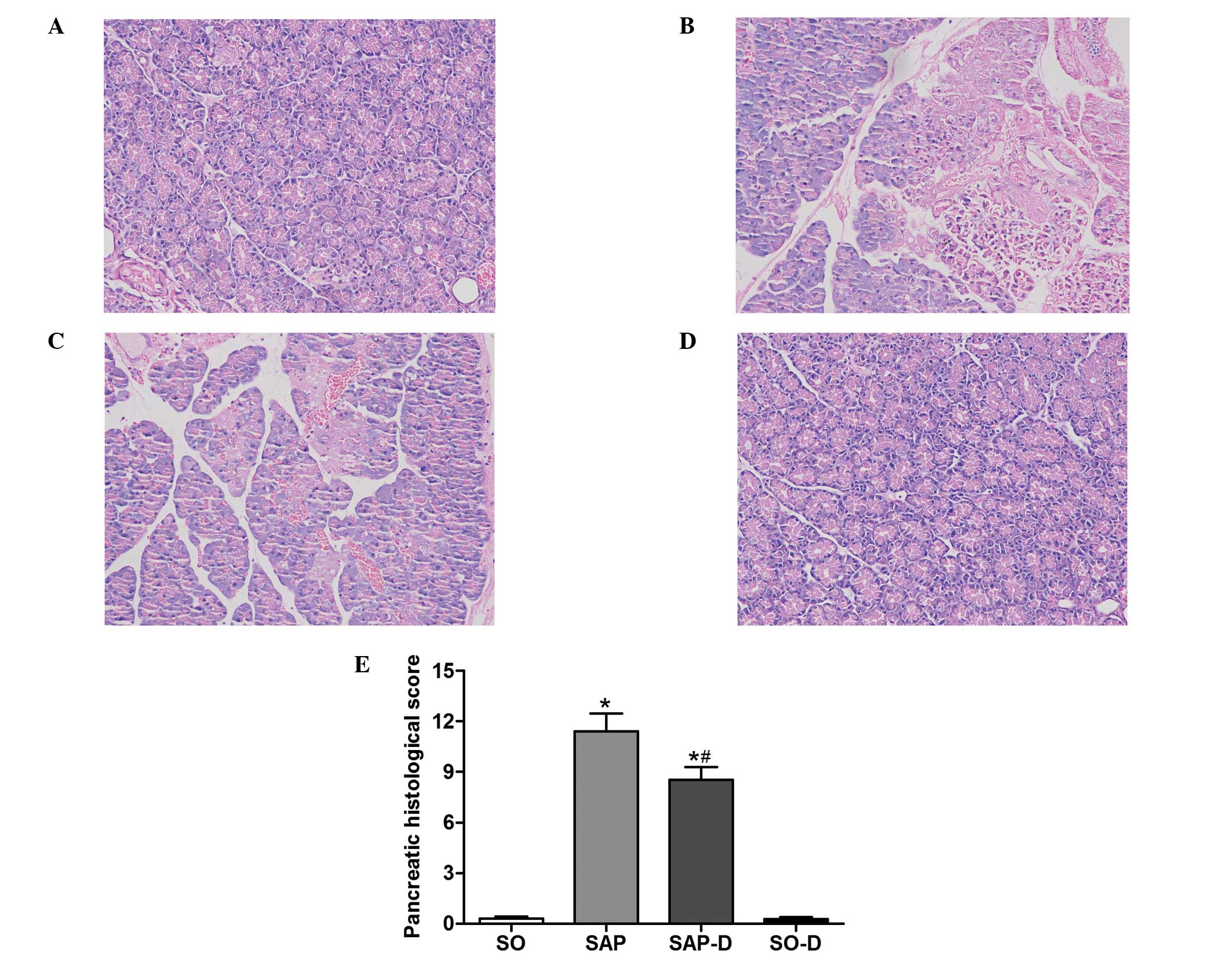|
1
|
Renzulli P, Jakob SM, Täuber M, Candinas D
and Gloor B: Severe acute pancreatitis: case-oriented discussion of
interdisciplinary management. Pancreatology. 5:145–156. 2005.
View Article : Google Scholar : PubMed/NCBI
|
|
2
|
Lund H, Tønnesen H, Tønnesen MH and Olsen
O: Long-term recurrence and death rates after acute pancreatitis.
Scand J Gastroenterol. 41:234–238. 2006. View Article : Google Scholar : PubMed/NCBI
|
|
3
|
Bhatia M, Brady M, Shokuhi S, Christmas S,
Neoptolemos JP and Slavin J: Inflammatory mediators in acute
pancreatitis. J Pathol. 190:117–125. 2000. View Article : Google Scholar
|
|
4
|
Norman J: The role of cytokines in the
pathogenesis of acute pancreatitis. Am J Surg. 175:76–83. 1998.
View Article : Google Scholar : PubMed/NCBI
|
|
5
|
Ogawa M: Acute pancreatitis and cytokines:
‘Second attack’ by septic complications leads to organ failure.
Pancreas. 16:312–315. 1998.
|
|
6
|
Mayer J, Rau B, Gansauge F and Beger HG:
Inflammatory mediators in human acute pancreatitis: clinical and
pathophysiological implications. Gut. 47:546–552. 2000. View Article : Google Scholar : PubMed/NCBI
|
|
7
|
Denham W, Yang J, Fink G, Denham D, Carter
G, Ward K and Norman J: Gene targeting demonstrates additive
detrimental effects of interleukin-1 and tumor necrosis factor
during pancreatitis. Gastroenterology. 113:1741–1746. 1997.
View Article : Google Scholar : PubMed/NCBI
|
|
8
|
Norman JG, Fink GW, Messina J, Carter G
and Franz MG: Timing of tumor necrosis factor antagonism is
critical in determining outcome in murine lethal acute
pancreatitis. Surgery. 120:515–521. 1996. View Article : Google Scholar : PubMed/NCBI
|
|
9
|
Baumgartner JD and Calandra T: Treatment
of sepsis: past and future avenues. Drugs. 57:127–132. 1999.
View Article : Google Scholar : PubMed/NCBI
|
|
10
|
Zhang W, Zhang WD, Liu RH, Shen YH, Zhang
C, Cheng HS, Fu P and Shan L: Two new chemical constituents from
Daphne odora Thunb. var marginata. Nat Prod Res.
20:1290–1294. 2006. View Article : Google Scholar : PubMed/NCBI
|
|
11
|
Gao Q, Shan J, Di L, Jiang L and Xu H:
Therapeutic effects of daphnetin on adjuvant-induced arthritic
rats. J Ethnopharmacol. 120:259–263. 2008. View Article : Google Scholar : PubMed/NCBI
|
|
12
|
Paszkowski AS, Rau B, Mayer JM, Möller P
and Beger HG: Therapeutic application of caspase
1/interleukin-1beta-converting enzyme inhibitor decreases the death
rate in severe acute experimental pancreatitis. Ann Surg.
235:68–76. 2002. View Article : Google Scholar
|
|
13
|
Schmidt J, Rattner DW, Lewandrowski K,
Compton CC, Mandavilli U, Knoefel WT and Warshaw AL: A better model
of acute pancreatitis for evaluating therapy. Ann Surg. 215:44–56.
1992. View Article : Google Scholar : PubMed/NCBI
|
|
14
|
Shen HF, Bao CD and Lu JH: The clinical
study of Zushima Tablet in the treatment of rheumatoid arthritis.
Chin J Inf Tradit Chin Med. 6:38–39. 1999.(In Chinese).
|
|
15
|
Chen ZL, Li XH and Yang Y: Efficacy
analysis on treating rheumatoid arthritis with Zushi Mapian. Clin J
Chin Med. 3:64–65. 2011.(In Chinese).
|
|
16
|
Feily A and Reza Fallahi H: Potential
utility of daphnetin as a novel treatment for pemphigus vulgaris. G
Ital Dermatol Venereol. 145:557–558. 2010.PubMed/NCBI
|
|
17
|
Fylaktakidou KC, Hadjipavlou-Litina DJ,
Litinas KE and Nicolaides DN: Natural and synthetic coumarin
derivatives with anti-inflammatory/antioxidant activities. Curr
Pharm Des. 10:3813–3833. 2004. View Article : Google Scholar : PubMed/NCBI
|
|
18
|
Ye B, Zheng YQ, Wu WH and Zhang J: Iron
chelator daphnetin against Pneumocystis carinii in vitro.
Chin Med J (Engl). 117:1704–1708. 2004.PubMed/NCBI
|
|
19
|
Tu L, Li S, Fu Y, Yao R, Zhang Z, Yang S,
Zeng X and Kuang N: The therapeutic effects of daphnetin in
collagen-induced arthritis involve its regulation of Th17 cells.
Int Immunopharmacol. 13:417–423. 2012. View Article : Google Scholar : PubMed/NCBI
|
|
20
|
Hirota M, Nozawa F, Okabe A, Shibata M,
Beppu T, Shimada S, Egami H, Yamaguchi Y, Ikei S, Okajima T,
Okamoto K and Ogawa M: Relationship between plasma cytokine
concentration and multiple organ failure in patient with acute
pancreatitis. Pancreas. 21:141–146. 2000. View Article : Google Scholar : PubMed/NCBI
|
|
21
|
Laveda R, Martinez J, Munoz C, Penalva JC,
Saez J, Belda G, Navarro S, Feu F, Mas A, Palazon JM, Sanchez-Paya
J, Such J and Perez-Mateo M: Different profile of cytokine
synthesis according to the severity of acute pancreatitis. World J
Gastroenterol. 11:5309–5313. 2005.PubMed/NCBI
|
|
22
|
De Almeida JL, Jukemura J, Coelho AM,
Patzina RA, Machado MC and da Cunha JE: Inhibition of
cyclooxygenase-2 in experimental severe acute pancreatitis. Clinics
(Sao Paulo). 61:301–306. 2006.PubMed/NCBI
|
|
23
|
Oruc N, Ozutemiz AO, Yukselen V, Nart D,
Celik HA, Yuce G and Batur Y: Infliximab: a new therapeutic agent
in acute pancreatitis. Pancreas. 28:e1–e8. 2004. View Article : Google Scholar : PubMed/NCBI
|
|
24
|
Luan ZG, Zhang J, Yin XH, Ma XC and Guo
RX: Ethyl pyruvate significantly inhibits tumour necrosis factor-α,
interleukin-1β and high mobility group box 1 releasing and
attenuates sodium taurocholate-induced severe acute pancreatitis
associated with acute lung injury. Clin Exp Immunol. 172:417–426.
2013.
|
|
25
|
Genovese T, Mazzon E, Di Paola R, Muià C,
Crisafulli C, Menegazzi M, Malleo G, Suzuki H and Cuzzocrea S:
Hypericum perforatum attenuates the development of
cerulein-induced acute pancreatitis in mice. Shock. 25:161–167.
2006. View Article : Google Scholar
|
|
26
|
Cuzzocrea S, Mazzon E, Dugo L, Serraino I,
Centorrino T, Ciccolo A, Van de Loo FA, Britti D, Caputi AP and
Thiemermann C: Inducible nitric oxide synthase-deficient mice
exhibit resistance to the acute pancreatitis induced by cerulein.
Shock. 17:416–422. 2002. View Article : Google Scholar : PubMed/NCBI
|














